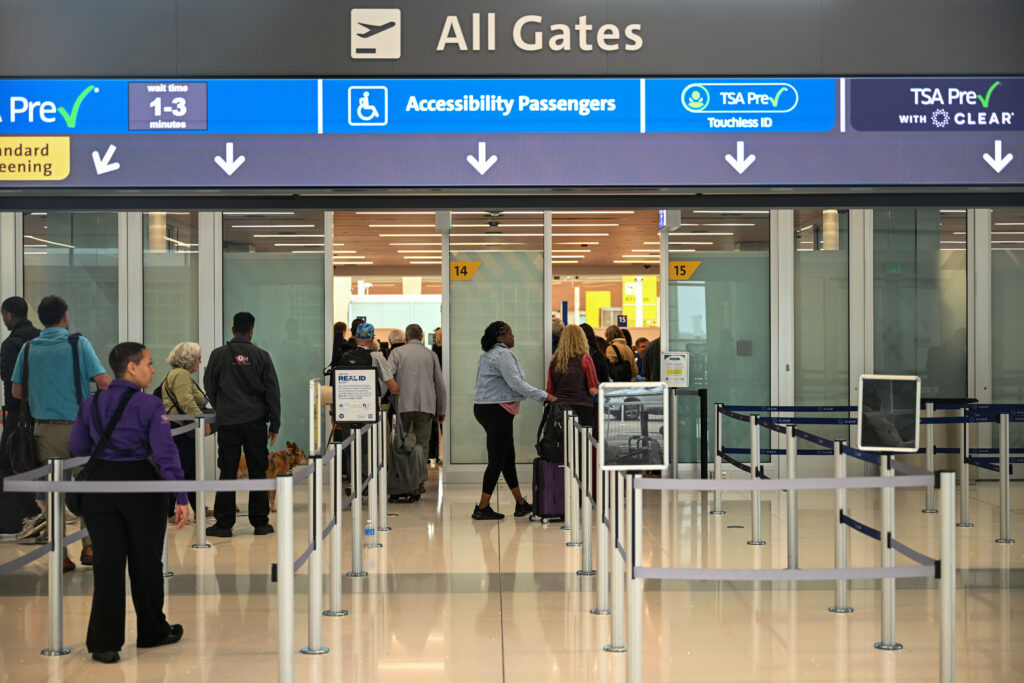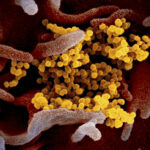Report: Colorado’s low-income, non-white communities disproportionately exposed to pollution

A new report from Mapping for Environmental Justice found that low-income communities and communities of color in Colorado are significantly more likely to be exposed to pollution.
MEJ’s state map shows that Colorado’s communities of color breathe nearly twice as much diesel pollution as predominantly white communities.
Communities of color are also 1.5 times more likely to live near Superfund sites – polluted areas requiring long-term clean-ups – and the inequality is present for a variety of environmental hazards, including wastewater releases and air toxics.
The same trend is also evident among Colorado’s low-income communities, the report found.
MEJ Executive Director Adam Buchholz said these environmental inequalities are often a result of decades of regulatory and permitting processes that force vulnerable populations to live in polluted areas.
“Pollution and environmental hazards disproportionately, consistently and predominantly affect low-income communities and communities of color,” Buchholz said.
The report found that low-income and racially diverse communities in Greeley, Pueblo and northern Denver have nearly twice as many hazardous waste facilities and wastewater releases than upper-income, white communities.
These trends inspired Buchholz to start MEJ after he noticed the inequality while working as a teacher in the Denver Public Schools district.
“These maps show the same injustices I saw my students experiencing every day,” he said. “Many of them had chronic asthma, and many of them lived in areas where there is a high level of air pollution.”
“Using maps like this to target clean energy and anti-pollution programs is a first step toward fixing the problem.”
MEJ’s complete mapping of Colorado is available at mappingforej.berkeley.edu.














